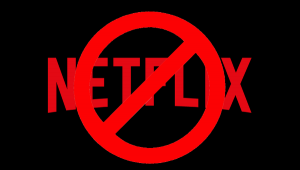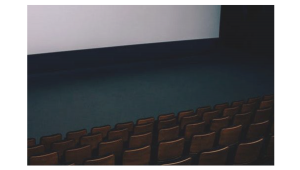I think every AV-enthusiast is sooner or later confronted with the issues addressed in the article. I can only imagine the frustration of early 4K adopters when HDR came around.
While it is probably true that at no point in time you can be fully future-proofed with your equipment, it is crucial to be aware of what advancements are in the pipeline. When buying a TV set you will at least make a conscious regarding what you are giving up.
For instance, this year I decided to upgrade from 2011 Sony HX909 to LG OLED C6. My main goal was to upgrade to 4K but still be 3D-compatible (I have quite nice collection of 3D blurays). And I am from Eastern Europe, where the investment in high-end TV was quite substantial compared to salaries. Anyway, when I was buying the TV I was perfectly aware that that my set won't be compatible with HDMI 2.1 and HLG (though I still hope LG will add HLG through the firmware update to 2016 models) and probably with a bunch of other future features that are not yet marketed. But that's OK. I just had to accept that in few years the C6 will belong to museum and for now focus on enjoying the perfectly nice telly I have.

































































